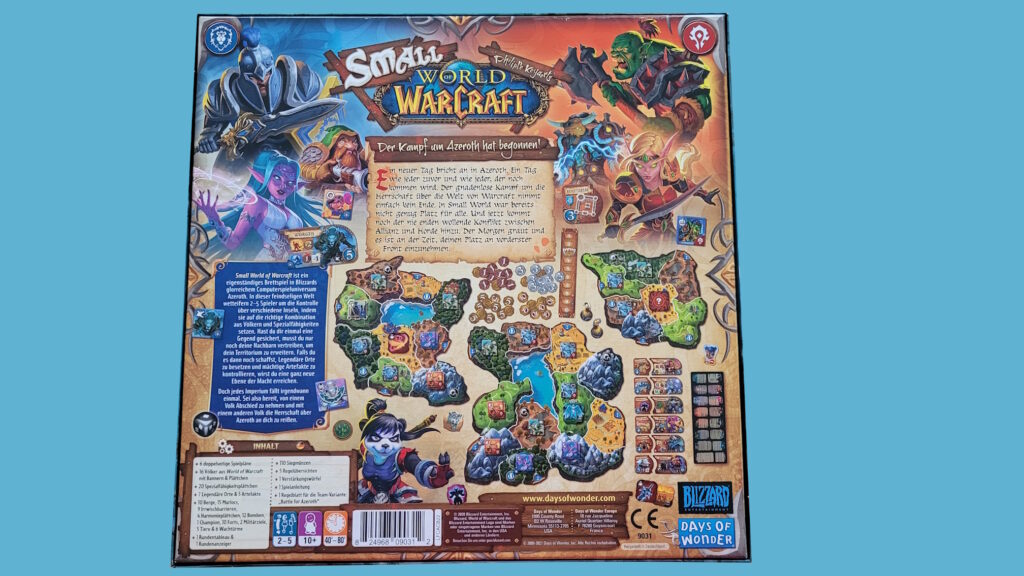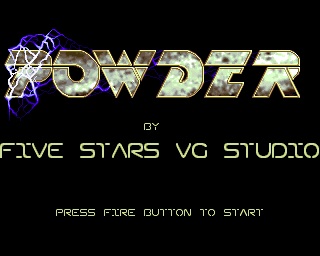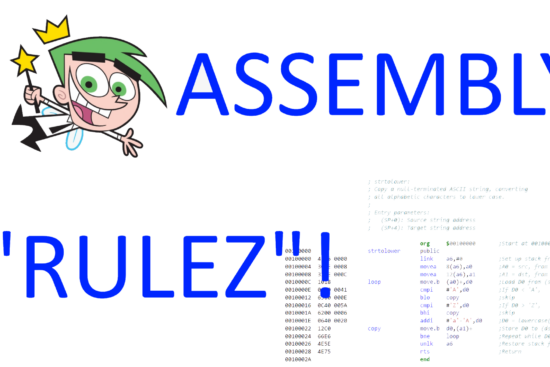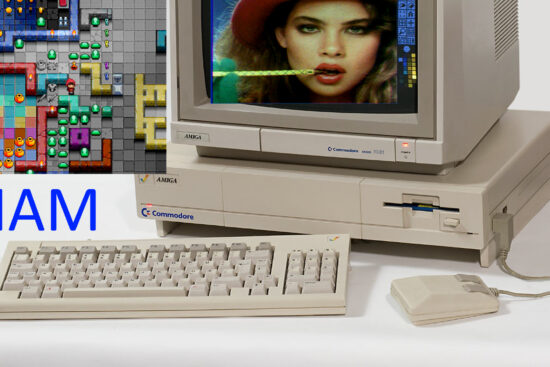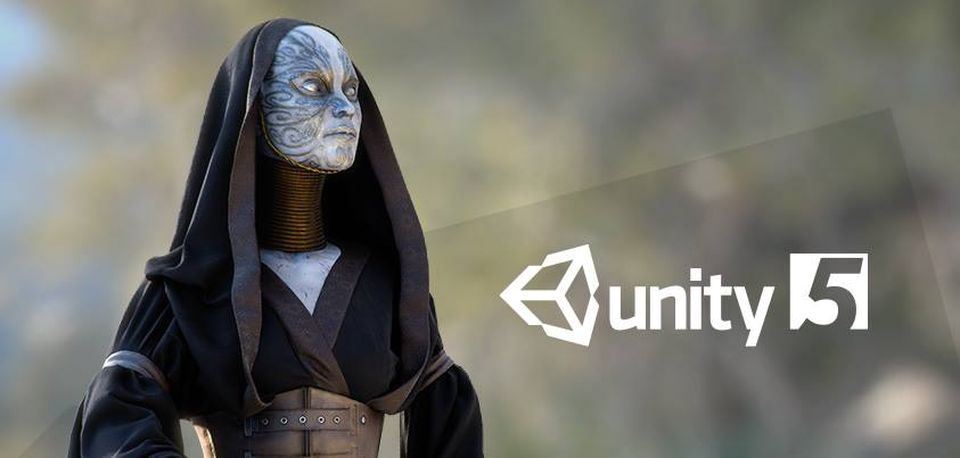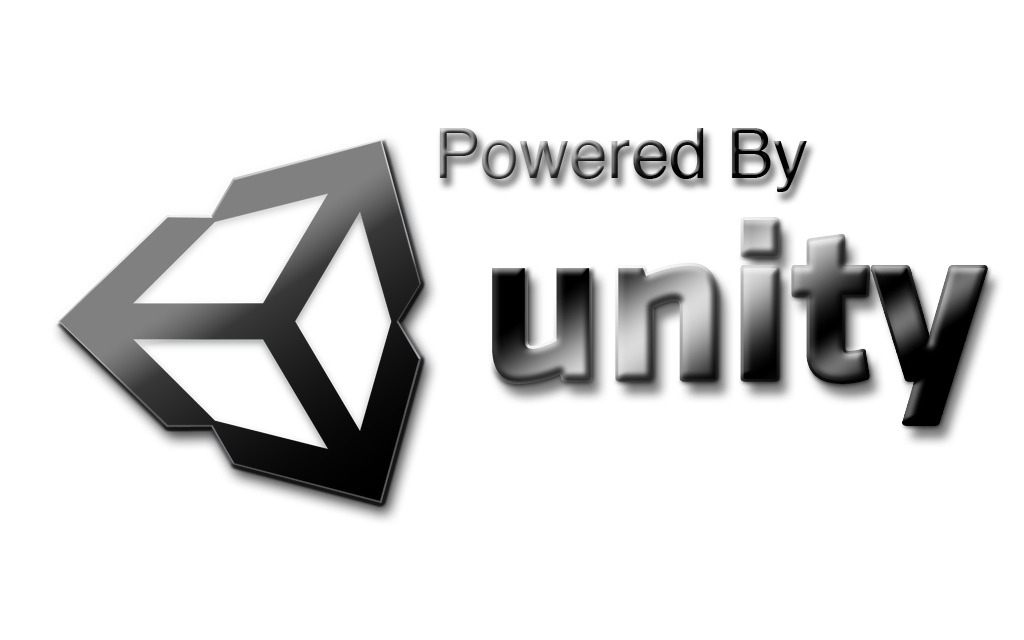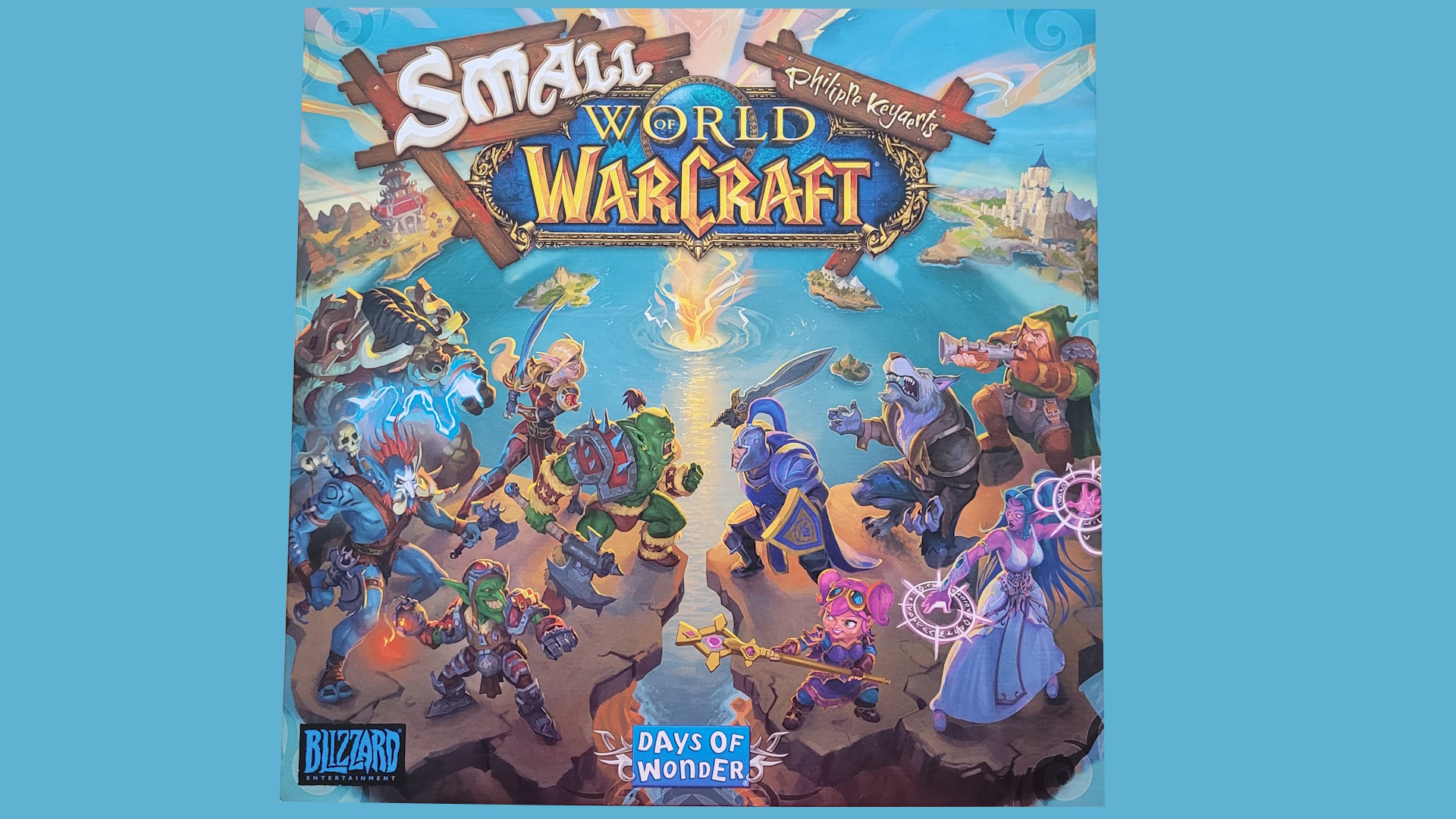
Small World of Warcraft is the result of the combination of the Small World board game and the Warcraft franchise. For those unfamiliar with either: Small World is a board game created by Philippe Keyaerts in which players choose armies of fantasy races with which to conquer territories to score points, while Warcraft is an extensive fantasy saga that, nomen omen, concerns clashes between various fantasy races. On paper, the fusion of these two elements sounds perfect, however after playing a few games of the German edition of this board game, I can say that I was somewhat disappointed.
The goal of Small World of Warcraft remains the same as Small World: to accumulate more points than the opponents. The player starts the game by choosing a fantasy race with which to conquer territories, an action that will be rewarded with points. Each race has unique abilities and is combined with an extra special ability. There are 16 playable races and 20 special abilities. In addition, there are 5 artifacts and 7 legendary places that can be found, each with special abilities that can be used by the player. Such high numbers make the game highly replayable since the probability of finding oneself in the same condition as the previous game is very low. However, within these numbers also lies the game’s greatest weakness.
There are too many variables. To play at their best, players would have to remember as many as 48 different skills and the implications of the various possible combinations. During the games I played, it happened several times that a player would suddenly remember that they could use a certain skill, displacing the other players with what was certainly not a deus ex machina, but had more or less the same emotional impact. Some might reiterate that 48 abilities are nothing compared to the numbers in certain other board games or card games, but, in this particular game, this design choice simply does not work, probably because of an important game mechanic, the decline of races.
Players can choose to abandon their people and choose a new race. In an attempt to conquer and defend as much territory as possible, players often use all of their troops. However, the game pushes for continuous expansion of one’s empire, which is why players can flip their troop tiles and give up their special abilities (unless expressly stated otherwise) and the repositioning of soldiers to choose a new race with new abilities. The territories of the fallen race continue to earn points for the player, but they can be easily conquered by other players or even by the same player who owned the fallen nation. A player cannot own more than one decayed and rising nation, so if the player were to decay a race again, the card of the nation decayed previously is put back to the bottom of the stack of purchasable cards. A player could then regain a race that has already been used, but there is no extra benefit in doing so, and given the limited number of rounds (8 to 10, depending on the number of players), this scenario does not occur frequently.
All this unethical abandonment of nations often leads to uncertainties about abilities as players simply forget who owns or owned what race with what abilities and whether there were inherited effects or abilities from races now returned among the purchasable cards. The strategies of beginners (the only players I have played with) are reduced to episodes of compulsive shopping, which diminishes the value of a player’s victory.
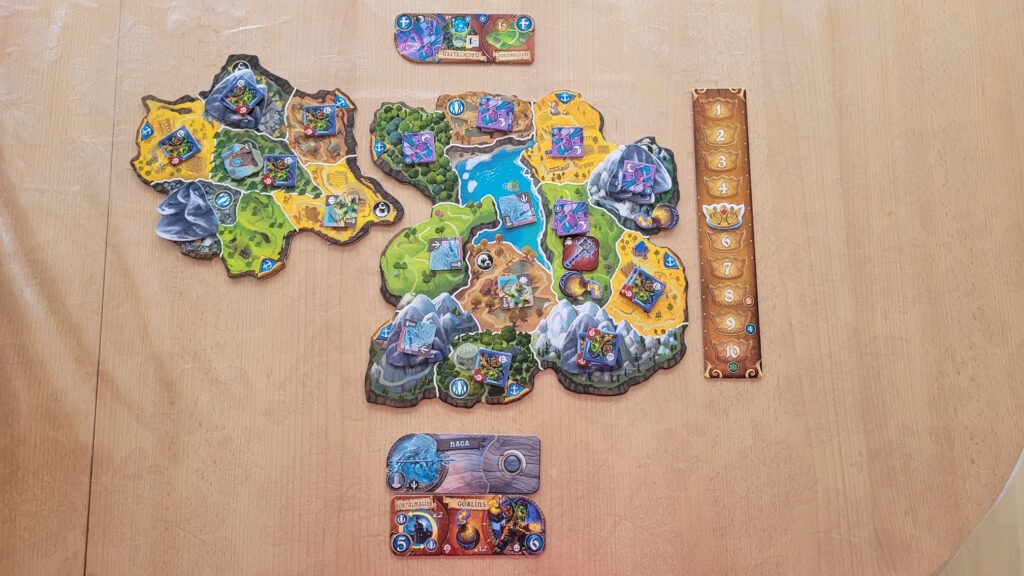
I don’t mind the mechanics of abandoning nations per sé, but it would have been much more interesting to play with fewer races: is it really necessary to include orcs and trolls or two types of elves? With fewer races, new mechanics regarding the reuse of a people and incentivizing players to use long-term strategies could have been included.
Another mechanic that, in my opinion, is not developed enough is factions. In the game, races can belong to two enemy factions, the alliance or the horde, excluding 4 races that are neutral. If a player of the alliance attacks and conquers territories of the horde, they get one point for each defeated race. However, giving a single point for each race borders on futility when a player can receive more than 15 points at the end of a turn. To be clear, by the end of the game, it is not unlikely for a player to have accumulated as many as 90 points. A single point per race does not make invading an opponent instead of conquering uncharted terrain more appealing, nor does it make attacking multiple players instead of just one.
To deliver the coup de grâce, the entire mechanic is also made forgettable by the design. From a visual point of view, the only elements that distinguish an alliance nation from a horde nation or a neutral one are the presence of a small blue symbol in the corner of the board and tiles, as well as a piece of blue framing on the board. Nothing else in the design reminds you of faction membership. Why is the number of troops in the bottom right always blue, when it could have been made red to indicate horde membership? Why is only one piece of the frame the colour of the faction and not the whole frame? Why don’t neutral nations have a colour? For example, but not coincidentally, purple? Even yellow or green would have been fine. Literally any colour other than blue or red would have been fine.
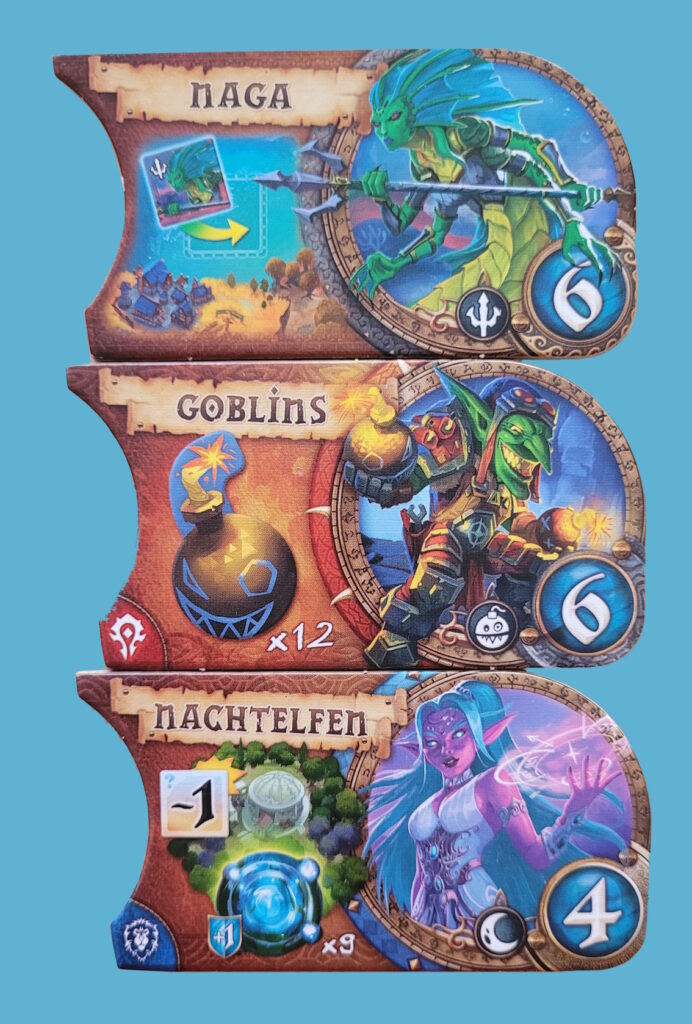
Apart from this, one cannot complain about the graphics. The drawings are nice, perhaps in a somewhat less gruesome style than one would expect from the Warcraft universe, but they are still well done.
Moving on to far more important issues, the part of the game that I found deeply irritating and that doesn’t even deserve to exist is the horrible cardboard mountains. In the well-drawn maps, you can find mountain regions with mountains illustrated on them. All very reasonable, right? Drawings of mountains in mountain regions. Could someone then explain to me why cardboard tiles with other mountains drawn on them should be placed on top of the illustrations of mountains? Moreover, the design of the tiles is less detailed than that of the map we are going to cover. If you think that this is everything, you are wrong! Those tiles cannot be moved or removed and serve no function except to annoy you when you place troops in the region. To put it simply, the tiles are a pure, nonsensical waste of cardboard and space in the box.
In summary, Small World of Warcraft has potential that I feel has not been fully exploited, or perhaps it is simply not a game for beginners without an eidetic memory.
